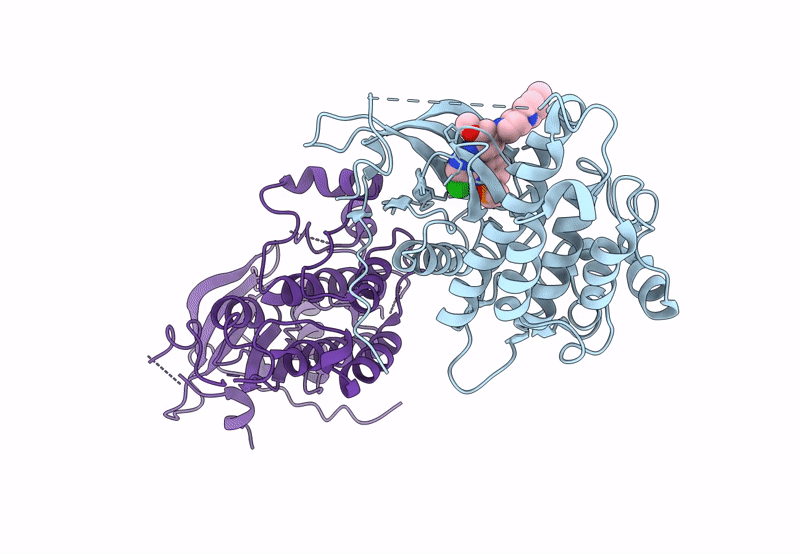
Deposition Date
2022-10-21
Release Date
2023-10-25
Last Version Date
2024-03-06
Entry Detail
PDB ID:
8H7X
Keywords:
Title:
Crystal structure of EGFR T790M/C797S mutant in complex with brigatinib
Biological Source:
Source Organism:
Homo sapiens (Taxon ID: 9606)
Host Organism:
Method Details:
Experimental Method:
Resolution:
3.40 Å
R-Value Free:
0.25
R-Value Work:
0.18
R-Value Observed:
0.18
Space Group:
P 21 21 21


